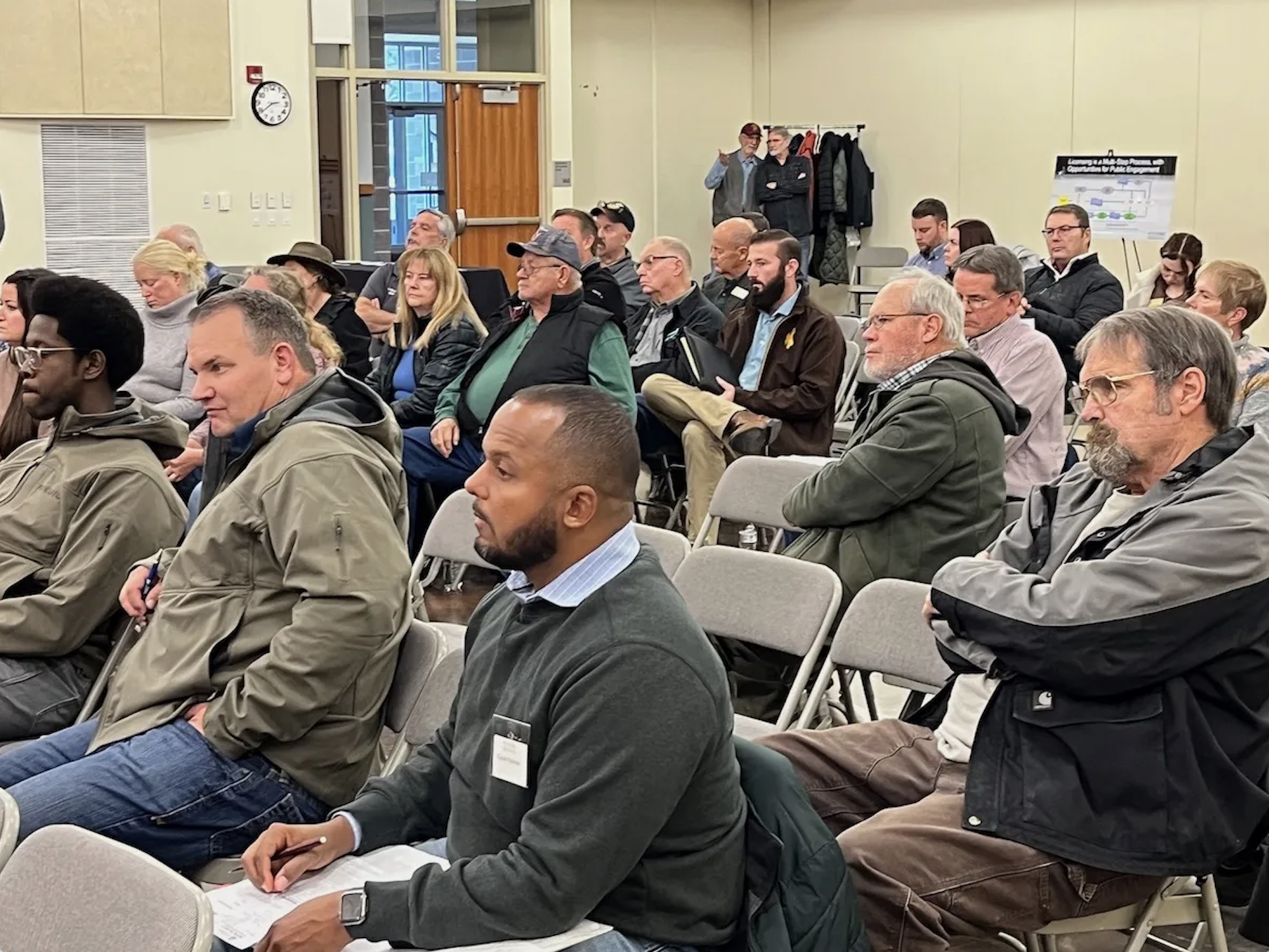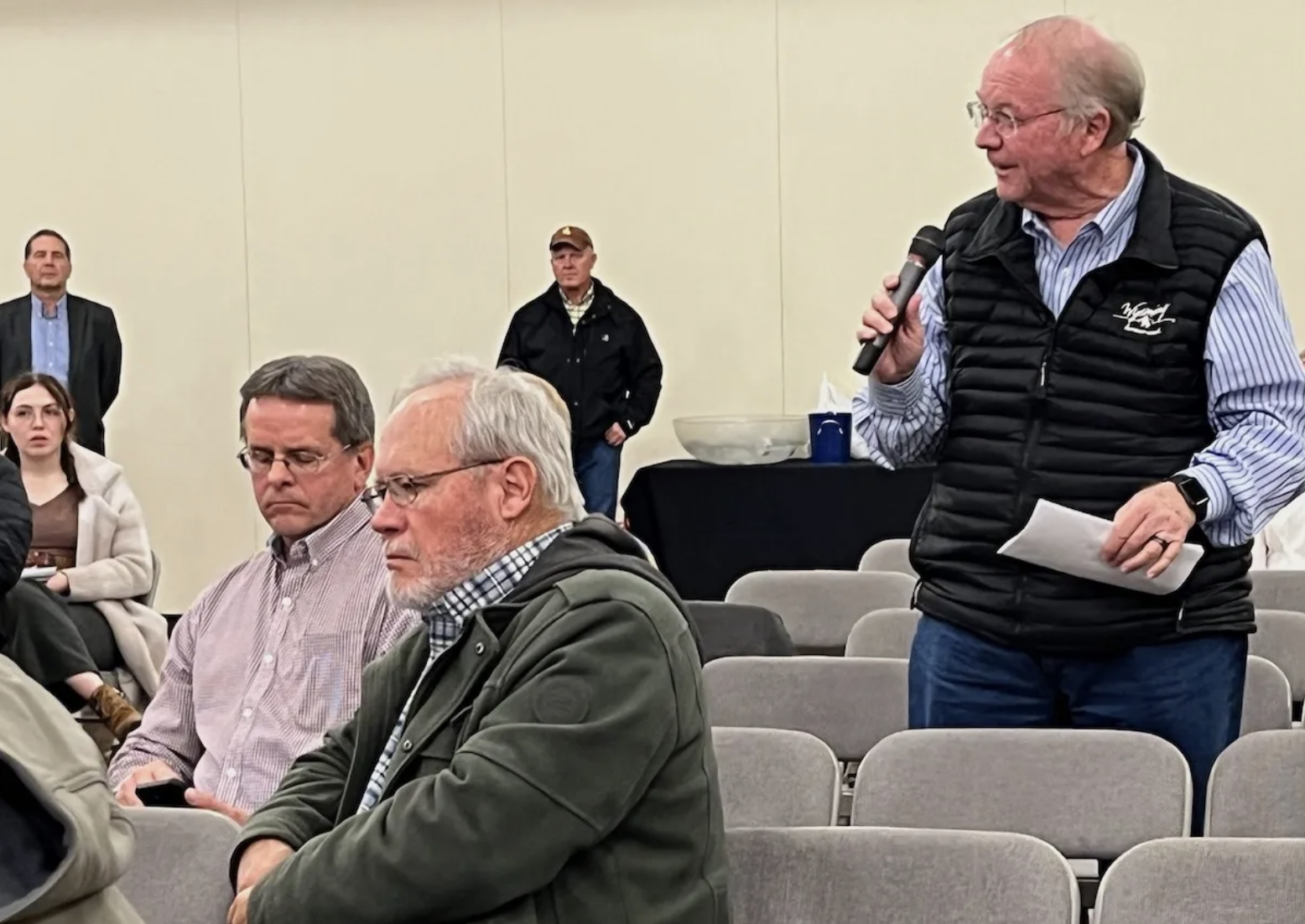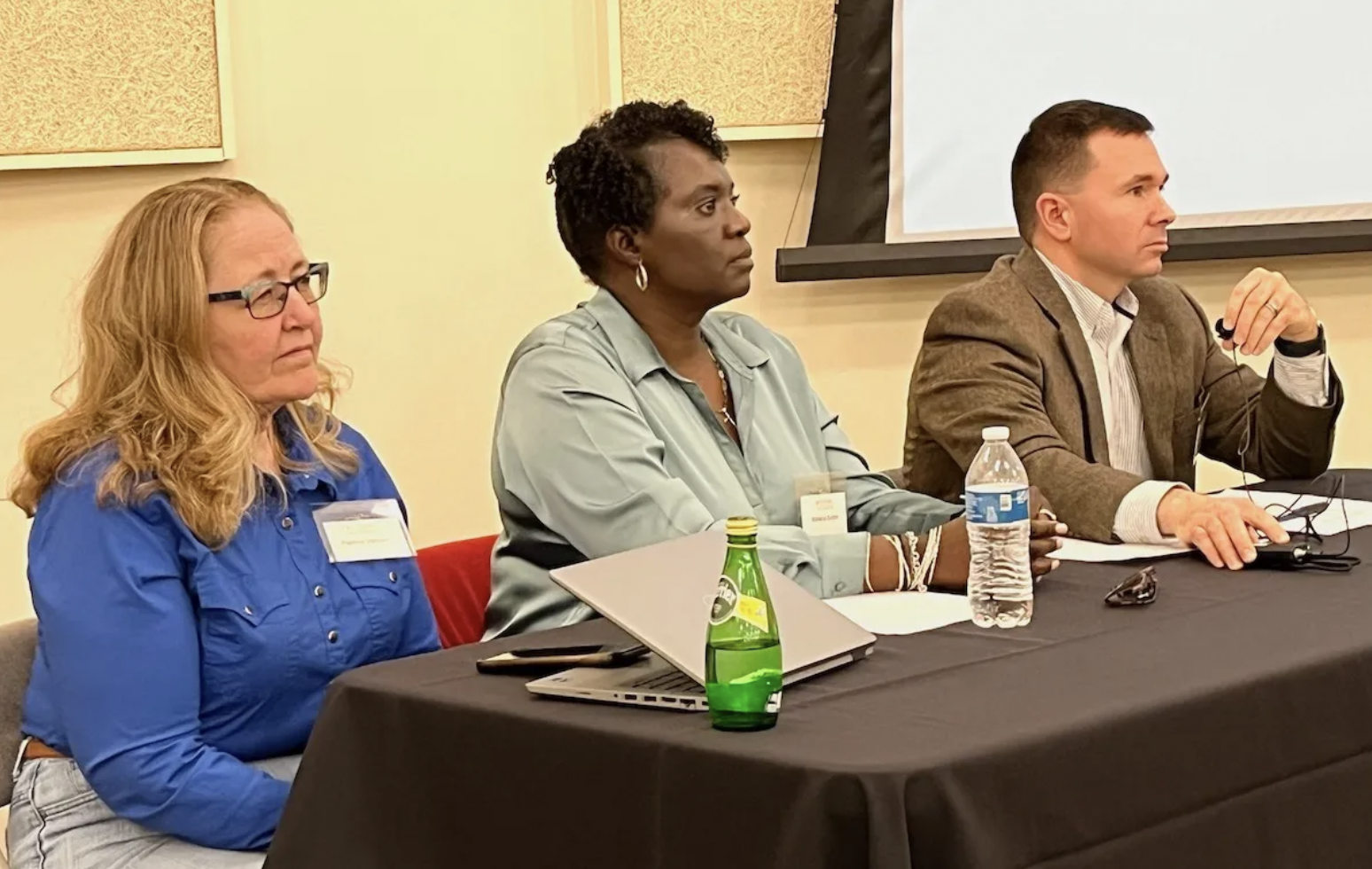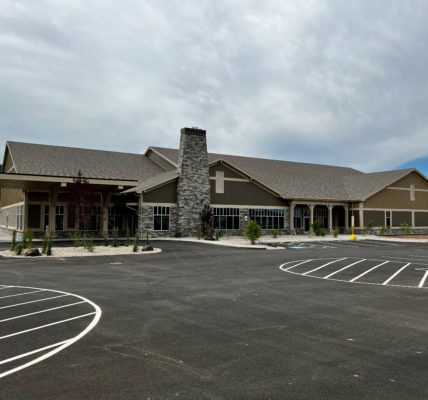
• Before it can build a nuclear power plant, TerraPower must build a thorough case for feds to permit it, which includes public scrutiny.
By Dustin Bleizeffer, WyoFile.com
KEMMERER—TerraPower, backed by billionaire Bill Gates and the U.S. Department of Energy, plans to build the pilot “Natrium” liquid-sodium-cooled nuclear energy plant here, hoping its success will spur the deployment of Natrium and other small nuclear reactors throughout the nation and around the world.
The next-generation technology presents myriad considerations for the Nuclear Regulatory Commission, which has authority over the safety, security and implications of such facilities. It would also be the first industrial nuclear facility in Wyoming, and locals have many questions:
Does the NRC take seismic activity into account? When might the spent radioactive fuel waste be shipped off to a permanent storage facility? Will there be regular NRC inspections, and how often?
Sen. Dan Dockstader (R-Afton), however, shares another concern that is top-of-mind for locals who are eager for the economic boost that developers promise: Can the NRC speed up the approval process “if you get the right people in place?
“I’m running out of time planning and creating legislation to make sure this all comes together,” he said.
Dockstader was among more than 100 local residents who attended the NRC’s two information sessions here Tuesday. The agency sent a dozen staff members to this isolated southwestern Wyoming town of 2,400 to field questions about what many anticipate will be an expedited review process.

Review process
TerraPower and its contractors have already drilled more than 100 boreholes here to help “investigate” the suitability of the location, according to the company, and it plans to begin construction of the sodium testing facility and other non-nuclear portions of the 345-megawatt Natrium nuclear reactor energy plant in 2024.
The nuclear plant will be “co-located” next to PacifiCorp’s Naughton power plant just outside of Kemmerer. One coal-burning unit at the plant was converted to natural gas, and the two remaining units there will be converted to natural gas in 2026.
Before the company can begin assembling the nuclear components, however, it must complete a licensing application that can pass the NRC’s review process, which includes several opportunities for the public to weigh in on the proposal. The NRC expects to receive TerraPower’s application, and initiate the official review process in March.
“Now is an opportune time to conduct this initial outreach and to explain the analysis process of reviewing applications for construction and operation,” NRC’s Chief of Advanced Reactor Licensing William Jessup said.
Although the NRC is developing a new review process specific to “advanced” reactors such as Natrium, which uses molten sodium as a coolant instead of water, TerraPower has tentatively agreed to seek approval via the long existing “Part 50” review, according to Jessup. It includes multiple review tracks, each with a safety and environmental component: one to consider a construction permit, and another to consider an operating license. The process requires the NRC to produce an environmental impact statement — all of which include public input and multiple opportunities for the normal administrative and legal challenges that come with large federal permitting activities, Jessup explained.
Typically, the arduous NRC review can take up to seven years or more to complete — with no guarantee of final approval. Last year, the NRC denied Oklo Power, LLC’s application to build a “fast reactor” in Idaho for allegedly failing to provide sufficient information on the facility’s design.
TerraPower — which is embarking on its first NRC licensing attempt — hopes to win approval much sooner, however, thanks in part to the 2019 Nuclear Energy Innovation and Modernization Act. The law — championed by Sen. John Barrasso (R-Wyoming) — set a maximum review timeline of 36 months. Additionally, TerraPower expects to help the NRC trim that timeline even further by filing information ahead of schedule.
It all depends on TerraPower submitting thorough information that doesn’t require many requests to fill in unanswered questions, according to the NRC.
“If we have all of these discussions and address all of these topics before the application even comes in, then you would expect that it may make the review go faster,” Jessup told WyoFile.

Questions
Many locals are eager for the potential economic boon the $4 billion project might bring to this region, which has long relied on the diminishing coal industry to power its economy. But many of the same people, and others, are concerned about the high-stake risks that come with a nuclear facility.
Does the NRC take seismic activity into account?
Yes, NRC officials said, adding that they are aware that there is seismic activity in the Rocky Mountain Region.
Several residents, including Rep. Scott Heiner (R-Green River), asked when the radioactive spent fuel might be transported to a permanent storage facility.
“Is there a permanent solution for waste that is being worked on at this time?” Heiner asked.
No, there is no permanent nuclear fuel waste repository in the U.S. at the moment, NRC officials said. Though NRC staff in attendance indicated they “anticipate” one will be built, others have long indicated that there’s no clear path to building a permanent repository, which has been discussed for decades.
For now, that means spent nuclear fuel will be “temporarily” stored on site — for how long, nobody knows.
The NRC also fielded questions about how nuclear fuel will be transported to the facility and how safety of those radioactive materials will be ensured. The NRC, along with several other federal agencies, closely manage the transport of such materials in cooperation with state agencies, according to staff members. A specific plan, however, will be worked out in the NRC’s review, they said.
NRC representatives also assured locals that they will maintain partnerships with local emergency managers and state environmental authorities.
Many questions about TerraPower’s Natrium design, however — such as water consumption and where the company will find enough construction and permanent workers — are up to the company to answer. However, most of those details — with the exception of information that the NRC agrees to deem proprietary — will be included in the application and public review, according to NRC staff.
“That’s the reason we’re here tonight,” Jessup said. “We’re here to get the message out early about our process and how to interact.”
Here’s a link to the NRC’s TerraPower/Natrium project webpage where the agency will maintain information about the project.





